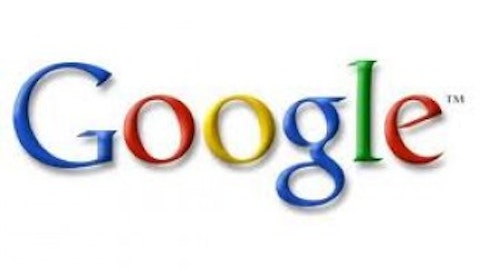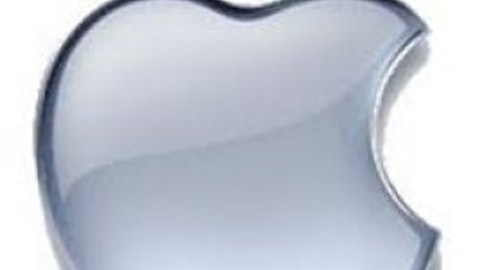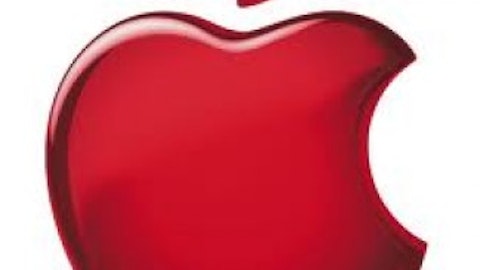Microsoft Corporation (NASDAQ:MSFT)’s first fiscal quarter, which ended in September was considerably worse than the first fiscal quarter of last year. Revenue fell 8%, led by a fall in unallocated revenue but also including sales in the Windows and Windows Live segment coming in 9% lower. With many costs rising, including a 6% increase in research and development expenses, net income came in 22% lower than a year ago. Microsoft bulls would argue that the softer numbers were due to consumers and businesses delaying their purchases until the release of new versions of Windows and Office, and therefore that the company will get some sales back later in the fiscal year. In addition, cash flow from operations was about flat and Microsoft began this month with $67 billion in cash, cash equivalents, and short-term investments on its balance sheet.
The release of new versions of Windows and Office (read our article on the release of Windows 8) should provide a kick to Microsoft’s numbers- a large share of the market will end up buying these products, whether they need to or not (though, of course, better sales would be better for the company). The issue currently on everyone’s mind is the Surface tablet, which has impressed based on its appearance but has disappointed many reviewers who have dug into its functionality. We don’t think that a failed Surface product would cause much damage to the company’s operations- it is a growth prospect first and foremost, and if nothing else could whip more traditional hardware companies into developing Windows-based tablets running Office (which would represent pure profit for Microsoft). Poor numbers would be a psychological problem, however, and some share of Microsoft’s current stock price is probably predicated on the possibility of a leading role in the tablet market.
Wall Street analysts expect $2.90 in earnings per share in the current fiscal year (which ends in June 2013), implying a current-year P/E multiple of 10. Given that the company is likely to see at least some recovery from its lower numbers in recent quarters, and that Microsoft Corporation currently pays a 3.3% dividend yield, we think that a pullback in the stock price would be a buying opportunity.
Four months ago a number of hedge funds believed that Microsoft Corporation was a good value- it ranked among hedge funds’ ten most popular stocks at the end of June (see the full rankings). Renaissance Technologies, a highly successful hedge fund which has made its founder Jim Simons a billionaire, increased its stake by 89% during the second quarter of the year to almost 16 million shares (find more stock picks from Renaissance Technologies).
Microsoft’s peers include the other megacap consumer technology companies- Apple Inc. (NASDAQ:AAPL), Google Inc (NASDAQ:GOOG), and Amazon.com, Inc. (NASDAQ:AMZN)– as well as large software company Oracle Corporation (NASDAQ:ORCL). Apple and Google disappointed the Street recently with their earnings figures, but we’re still on board with them as good values. Apple trades at only 10 times forward earnings estimates- even with Microsoft’s current-year P/E, half of which comes from analyst expectations- and we’d say that it deserves a premium. Apple’s five-year PEG ratio is 0.5; therefore, the sell-side thinks that it is worth over $1 trillion right now. Even if it’s less than that, it’s still a buy. Google’s earnings were down 20% in the third quarter versus a year earlier, but revenue was up strongly. Its forward P/E is 14, also low, though this does depend on getting earnings growth next year.
Amazon’s multiples continue to be remarkably high, at about 100 times consensus earnings for 2013. While its sales are growing, it hasn’t been as good at converting that better top line into net income that can justify the company’s valuation. We would avoid the stock. Oracle, meanwhile, trades at 15 times trailing earnings and grew its earnings by 11% in its most recent quarter compared to the same period in the previous year. Expectations for continued growth give it a forward P/E of 11, narrowly higher than Microsoft and Apple.
We don’t think that Microsoft is as good a buy as Apple right now. However, we are watching carefully for a market overreaction to any bad news related to Surface (or, to a lesser degree, to Windows 8). The company is priced attractively and a 5-10% decline in the stock price would make it more appealing.






